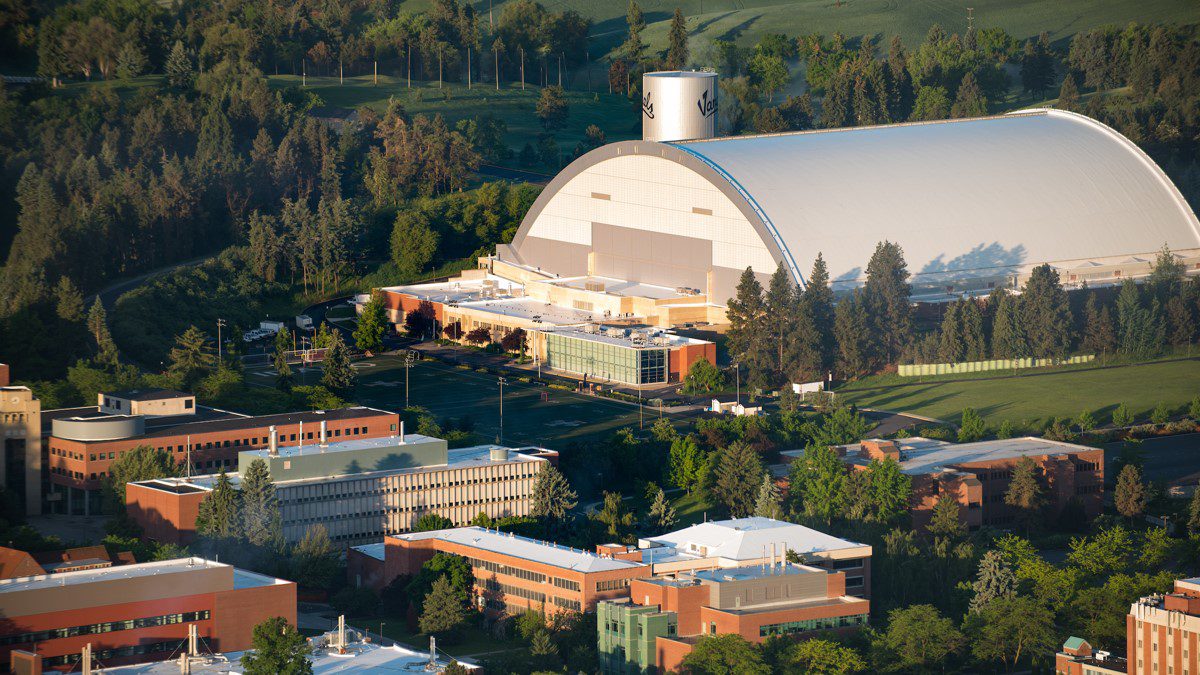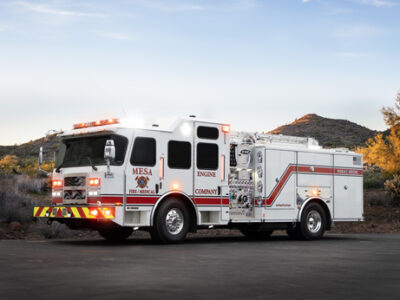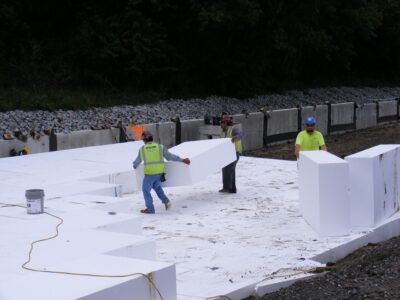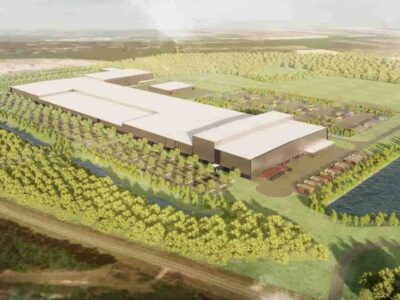A giant tin can lying on its side. An oversized blimp hangar. These are common, tongue-in-cheek descriptions of the University of Idaho’s Kibbie Dome.
Recently described as “the weirdest college football stadium in America — and one of the most unusual sports venues in the world,” the Kibbie Dome is a little strange looking: a huge white structure looming large against the farmland of western Idaho near the Washington border. It is the smallest NCAA FBS Division 1 football stadium – so small that the goalposts are attached to the walls and not free-standing. Nor is the Kibbie Dome – officially named the ASUI-Kibbie Activity Center – a dome in the technical, architectural sense, because its roof is actually vaulted.
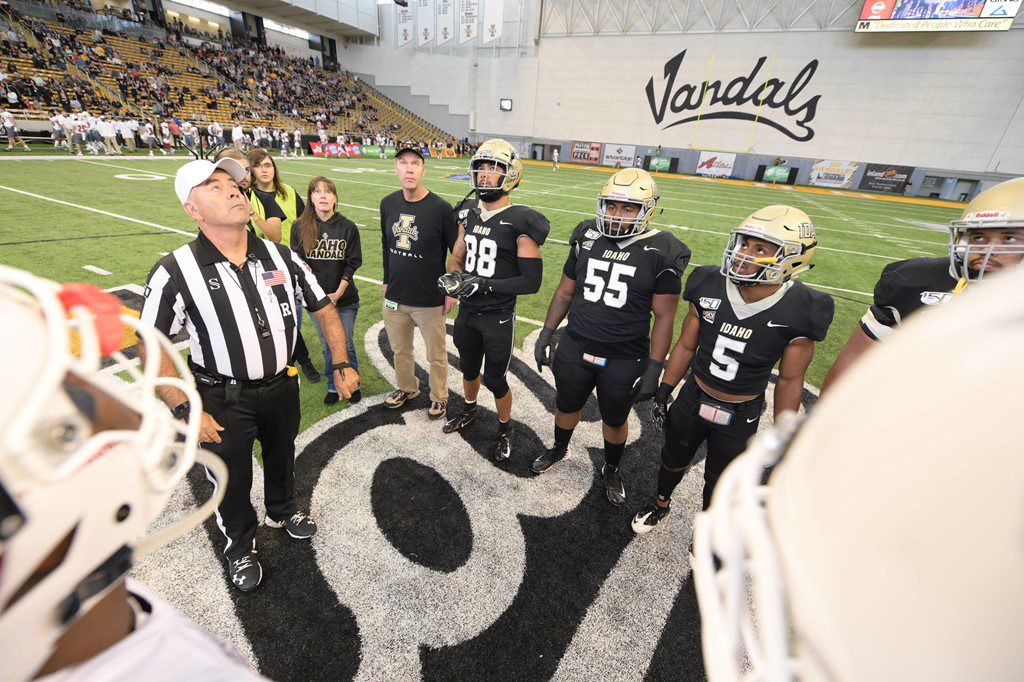
However, this vaunted building holds great significance. It’s the largest wooden-roofed stadium in the FBS, and at 400 feet in length, it was the longest wooden roof span when it was constructed in 1975. Spanning over four acres, the roof rises to a height of 144 feet –equivalent to a 12-story building – and is supported by wood and steel trusses, each weighing 23 tons apiece. The Kibbie so impressed The American Society of Civil Engineers that they bestowed the building with a Structural Engineering Achievement Award in 1976.
Wooden-roofed stadiums may be rare, but wood is a natural material to use in Idaho. The state ranks 8th nationally for lumber production, and only three states are more dependent on the lumber industry than Idaho. Trees have long been engrained at the University of Idaho, home to one of the country’s first forestry departments.
In fact, the university has continued its cutting-edge use of this renewable resource in constructing its new basketball arena, which has been lauded as “the first signature wood facility of its size in the state.” Taking cues from the Kibbie, the Idaho Central Credit Union Arena utilizes regionally sourced timber and other building materials. “We really wanted to make a statement about how, not only is it fun to work with wood,” says Dennis Becker, dean of the University of Idaho’s College of Natural Resources. “But it’s really beneficial from a sustainability standpoint. And quite honestly, it’s really competitive from the financial standpoint as well.”
The university received a US Forest Service Wood Innovation Grant to have timber and mass timber construction be central to this project. Mass timber, an emerging construction material, offers a durable and sustainable alternative to steel and concrete.
Life Cycle Assessment studies have regularly demonstrated wood performs better than fossil fuel-based materials (like concrete and steel) with air and water pollution, embodied energy, and carbon footprint.
The new arena contains other sustainable elements as well. When Idaho’s basketball team moves from the Kibbie next door into the new arena, they will find repurposed pieces from their old home, such as the Kibbie’s center court flooring bearing the team’s logo. The Dome remains home to the University of Idaho’s football team and many other UI sports teams, along with major events like the annual Lionel Hampton Jazz Festival. Described as “as one of the last multipurpose athletic centers in the country,” the ASUI-Kibbie Activity Center’s many uses resulted in a rather unique type of “recycling” – its artificial turf can be rolled up and stored when not needed by the football team.
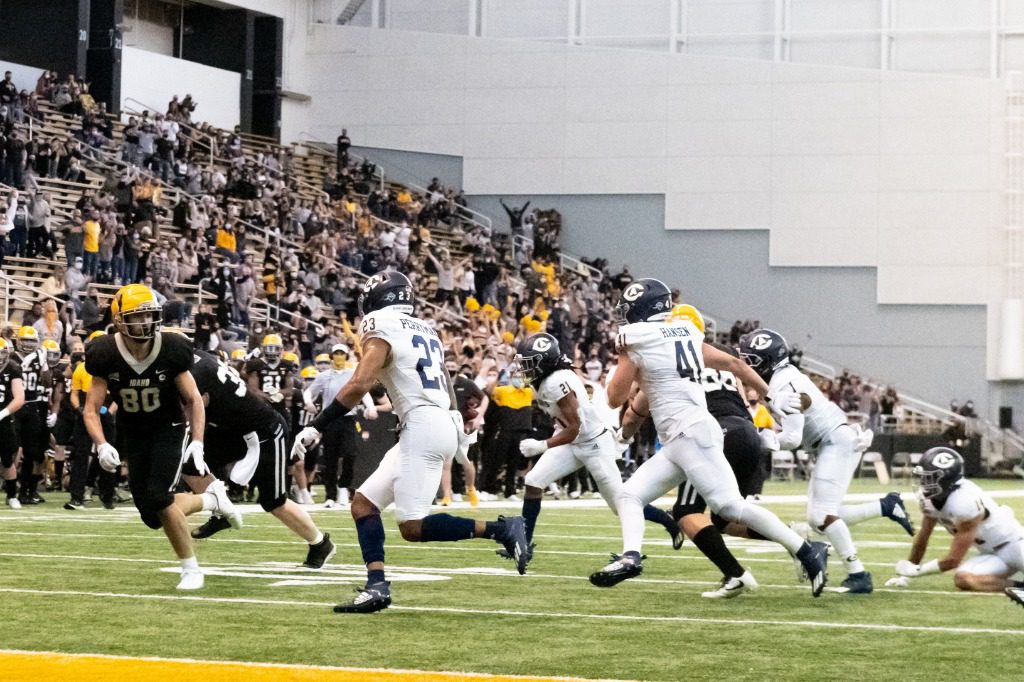
Since the Kibbie resembles a beer can, it makes sense that the Center has a solid recycling operation.
In 2009 the university launched its Sustainability Center (IUSC) which began with a tailgate recycling program. It kicked off with over 70 IUSC personnel and volunteers collecting nearly 1,500 pounds of recyclables during the first three games of the 2010 season.
The program got a big boost in 2013 when the Sustainability Center received a grant that helped expand Kibbie’s recycling effort. Permanent recycling bins were installed at entrances to the stands, while portable bins were set up in the tailgate parking lot during the football season, and bins were placed in Kibbie’s private suites too. Grant money also funded a part-time intern to help promote this recycling program and to educate the UI community about recycling’s benefits. One of the first events following these upgrades was the Jazz Festival, and the amount of plastic and aluminum sent to the landfill dropped by over 82.8%.
Starting in 2009, the Kibbie received a significant multi-year makeover. A key renovation delivering major environmental impact was replacing the building’s wooden end-walls with fiberglass panels. These walls not only prevented natural light from coming in but had no insulation and developed holes over the years. New translucent panels provide insulation and a better weather seal (lowering HVAC use) and let more light shine in (greatly reducing the need for lighting). In the first year alone, UI lowered its energy costs by an estimated $100,000.
This renovation is also linked to the new basketball arena as both projects were led by Opsis Architecture. Alec Holser, a founding partner of Opsis, told ESPN that “the significance in it for us was to continue the ingenuity [behind the Dome’s engineering] and sort of no-holds-barred determination to build something like that. That’s why I worked on the arena to push the limits of mass timber and construction for basketball arenas.”

